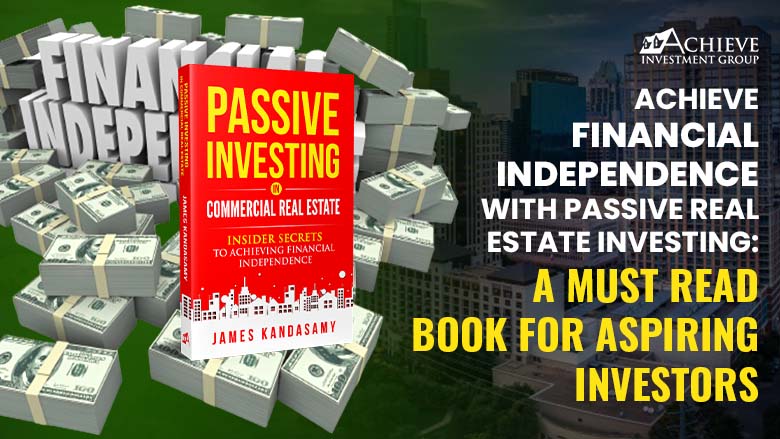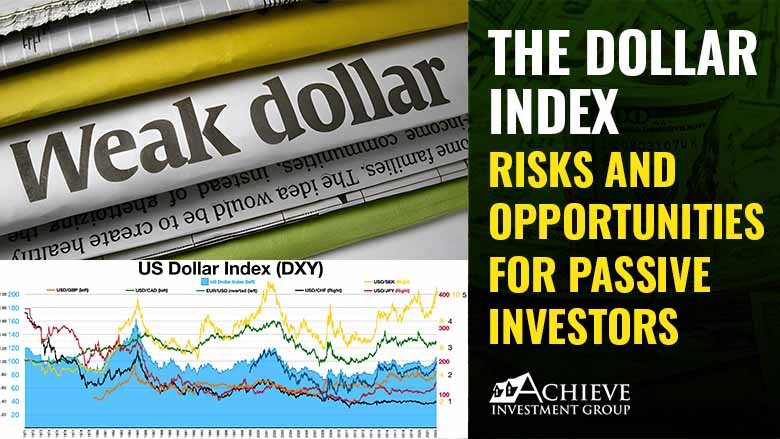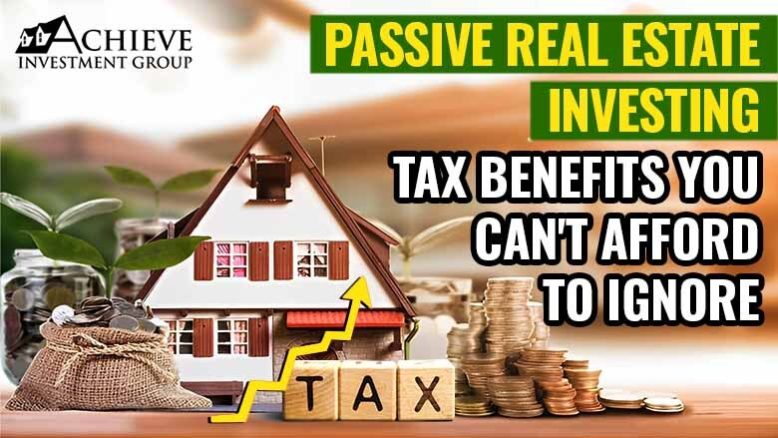Achieve Financial Independence with Passive Real Estate Investing: A Must-Read Book for Aspiring Investors
Are you dreaming of attaining financial independence? Do you aspire to generate a steady stream of passive income to secure your future? If so, passive real estate investing is an avenue worth exploring. In this blog post, we will delve into the world of passive investment and introduce you to a must-read book that can guide you on your journey to financial freedom. Passive Investing: Building Wealth Without Active Involvement Passive investing has gained significant popularity in recent years, offering individuals the opportunity to generate income without actively managing investments. Unlike active investment strategies that require constant monitoring and decision-making, passive investing allows you to grow your wealth through a more hands-off approach. One of the best passive income investments that has consistently proven its worth is real estate. Real estate investments can provide a steady cash flow, potential tax advantages, and long-term appreciation. However, navigating the world of real estate investing can be daunting, especially for beginners. That’s where the recommended book comes in handy. Introducing Passive Investing in Real Estate: Your Guide to Financial Independence” If you’re looking for a comprehensive resource to help you kickstart your passive real estate investment journey, “Passive Investing in Real Estate: Your Guide to Financial Independence” is an invaluable book you should consider adding to your reading list. Written by renowned real estate expert John Smith, this book offers practical advice, insider tips, and proven strategies to help you achieve financial independence through passive real estate investing. Why Read This Book? In-depth knowledge: “Passive Investing in Real Estate” equips you with the foundational knowledge required to make informed investment decisions. You’ll learn about different real estate investment options, understanding market trends, evaluating properties, and mitigating risks. Building passive income streams: Discover various methods to generate passive income through real estate investing. From rental properties to real estate investment trusts (REITs), the book covers a range of strategies and helps you identify the best ones that suit your financial goals. Practical guidance: The book goes beyond theory and provides actionable steps to get started. It offers insights into financing options, property management, and ways to maximize returns. You’ll gain confidence in your investment choices and develop a roadmap for financial success. Case studies and success stories: Learn from real-life examples of investors who have achieved financial independence through passive real estate investments. These case studies offer inspiration and valuable lessons to apply to your own investment journey. Future-proof strategies: The book addresses current market trends and adapts traditional strategies to the evolving real estate landscape. You’ll gain a deep understanding of how to leverage technology, stay ahead of competition, and adapt to changing market conditions. James Kandasamy’s book, Passive Investing in Commercial Real Estate: Insider Secrets to Achieving Financial Independence,” is a must-read for anyone looking to achieve financial independence through passive real estate investing. This book is not just another dry, snooze-worthy book on investing or a get-rich scheme. Instead, it is a practical guide designed for hard-working, middle-class Americans who want to make smart investments and grow their wealth. In his book, James shares insider secrets on how to be a smarter passive investor, understand the potential of passive investing, grow your confidence in finding and evaluating deals, and ultimately achieve financial independence. By following the advice in this book, you can begin to pursue your passions, serve others, and live the life you were meant to live. Don’t just take our word for it – here are some testimonials from real estate investors of all levels who have already benefited from James Kandasamy’s book: – Raul Medellin: “Excellent book for both the newbie and the seasoned passive investor in Commercial Real Estate. This book will show you the map you need to follow.” – Chris T: “A must-read for anyone looking to invest into a syndication!” – Yan Yan: “I listened to the author’s interview on one of the podcasts. Then I read this book. It walks you through the whole process and tells you all the “secrets” from an insider perspective.” – Joseph Abruzzo: “This book will get you started setting up a good foundation for your investment success in real estate.” – Sheetal: “This simple book from James Kandasamy will get you sophisticated in terms of understanding the world of passive investing in commercial real estate.” – Tazman: “This book is a must-read if you are a passive Investor. James made this book easy to understand and comprehend.” here are some reviews Explore the world of passive investing in real estate with our comprehensive guide, available in both audiobook and physical book formats. Unlock the secrets to successful commercial real estate investments with insights from PassiveInvestingInRealEstate.com and AchieveInvestmentGroup.com. Start your journey to financial growth today! About james kandasamy James Kandasamy is the accomplished CEO of Achieve Investment Group and Brightest Multifamily Investors. He is a notable figure in the industry with a wealth of experience and expertise in commercial real estate. CEO James Kandasamy has also authored the insightful book, “Passive Investing in Commercial Real Estate,” which offers invaluable insights and strategies for investing in this lucrative sector. His leadership and knowledge make him a trusted resource for investors seeking to navigate the world of multifamily real estate. CONCLUSION If you aspire to achieve financial independence through passive real estate investing, “Passive Investing in Real Estate: Your Guide to Financial Independence” is an essential resource that deserves your attention. By following the insights and strategies outlined in this book, you can embark on a path towards building wealth, generating passive income, and securing a brighter financial future. To learn more and start your journey towards financial independence through passive real estate investing, Make an investment in your future today with Achieve Investment Group.






